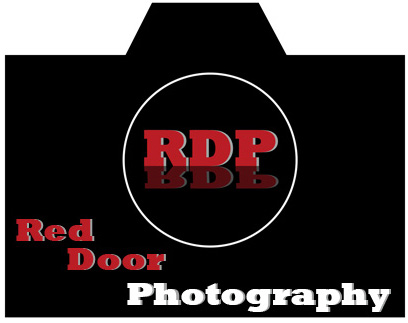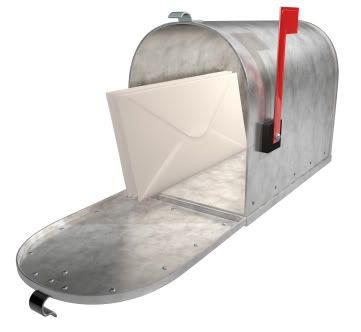
Happy "hump" day to everyone. I know I wasn't hearing things when they said on the news a couple of weeks ago that it was officially spring... It snowed here yesterday. What's up with that? Tomorrow is supposed to be a better day. Anyway, I just finished reading The Hot Shoe Diaries By Joe McNally and it is hands down the BEST book on photography that I have ever read. Maybe it wouldn't be to the person just learning how shutter speed and aperture relate with ISO,( for that I would recommend Understanding Exposure by Bryon Peterson) but it provided me with the single largest "doh why didn't I think of that" moments thus far. If you haven't gotten a copy of it, get it. I stopped into the Barnes and Noble off of Union Center Drive and they had three copies left.
I took the shot you see above last weekend for a family. This particular one caught my attention and is my favorite of the batch because of the little boy's(his name is Max) big bright eyes. I love them. They make the photo just pop in my opinion.
One thing that we always preach in our workshops and in our one on one training is white balance. Getting it right in the camera saves you a ton of time in post processing and ultimately that's where the largest amount of your time is spent. Why make it any longer than it has to be, get it right in camera the first time and you don't have to worry about it. The best way of doing this is by setting a custom white balance. It differs from manufacturer to manufacturer so refer to your manual to figure out how to actually preform the steps, but let me give you a few examples of when to use a custom white balance. First of all we need to make sure you know what white balance is. White balance adjusts the image for various colors of light that you may encounter in different situations. For example the color of the light coming from florescent bulbs is green so the camera adds magenta to the image to make the color "balance". When it does this it is trying to get the color back to neutral white which is the color of the light that you would get during the day with the sun high in the sky. So the camera will add whatever color it needs to add to make the light "balance" to that color. Most of the time the settings on the camera get you close, but if you want a truly spot on color accurate photo, you need to do a custom white balance. If you leave the camera on auto white balance the images will look close as long as it's just available light that you are shooting, no flash. When you introduce flash, you should really need to do a custom white balance to get it right. I'll delve deeper into that tomorrow, as well as how to use the "wrong" white balance to achieve a desired effect. See you tomorrow, Jason






No comments:
Post a Comment